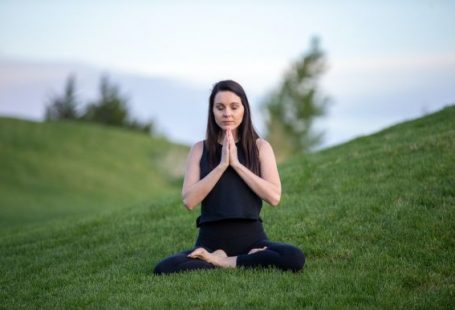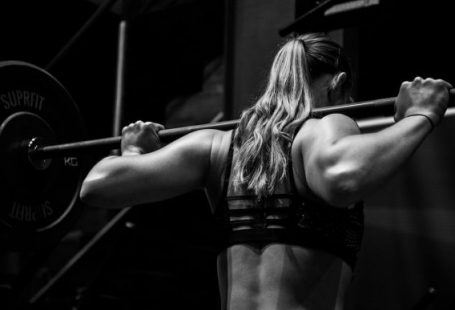Yoga is not just a physical exercise; it is a holistic practice that benefits both the mind and body. One of the major advantages of practicing yoga is the improvement in flexibility and mobility. Yoga flows, a sequence of yoga poses linked together in a continuous movement, are particularly effective in enhancing flexibility and mobility. In this article, we will explore how yoga flows can help you increase your flexibility and mobility, and provide some examples of yoga flows that you can incorporate into your practice.
Understanding the Importance of Flexibility and Mobility
Flexibility refers to the range of motion in your joints and muscles, while mobility refers to the ability to move freely and easily. Both flexibility and mobility are essential for maintaining proper posture, preventing injuries, and performing daily activities with ease. Unfortunately, due to our sedentary lifestyle and lack of movement, many of us have limited flexibility and mobility. This is where yoga flows come in.
The Benefits of Yoga Flows
Yoga flows are designed to gently stretch and strengthen your muscles, improving both flexibility and mobility. Unlike static stretching, where you hold a pose for a certain period, yoga flows involve continuous movement, which helps to warm up the muscles and increase blood flow. This dynamic approach not only enhances flexibility but also improves balance, coordination, and body awareness.
Example Yoga Flows
1. Sun Salutation Flow: Start in Mountain Pose, inhale and raise your arms overhead, exhale and fold forward into Forward Fold. Inhale and lift halfway, exhale and step back into Plank Pose. Lower down into Chaturanga, inhale and lift into Upward Facing Dog, exhale and lift your hips into Downward Facing Dog. Repeat this flow several times, synchronizing your breath with the movement.
2. Warrior Flow: Begin in Mountain Pose, step your left foot back into Warrior I. Inhale and lift your arms overhead, exhale and open your hips into Warrior II. Inhale and straighten your front leg, exhale and hinge forward into Triangle Pose. Repeat on the other side, flowing between Warrior I, Warrior II, and Triangle Pose.
3. Seated Flow: Start in a seated position with your legs extended in front of you. Inhale and reach your arms overhead, exhale and fold forward into Seated Forward Bend. Inhale and sit up, exhale and twist to the right, placing your left hand on your right knee and your right hand behind you. Inhale and come back to the center, exhale and twist to the left. Repeat this flow several times, allowing your breath to guide your movement.
Incorporating Yoga Flows into Your Practice
To effectively increase flexibility and mobility, it is important to practice yoga flows regularly. Start by incorporating one or two flows into your routine and gradually increase the number as you become more comfortable. Remember to listen to your body and modify the poses as needed. It is also beneficial to attend yoga classes or seek guidance from a qualified yoga instructor to ensure proper alignment and prevent injuries.
Conclusion: Embrace the Flow
Flexibility and mobility are not only essential for physical well-being but also contribute to overall health and vitality. By incorporating yoga flows into your practice, you can gradually increase your range of motion, improve posture, and enhance body awareness. Embrace the flow and experience the transformative power of yoga in your life.





